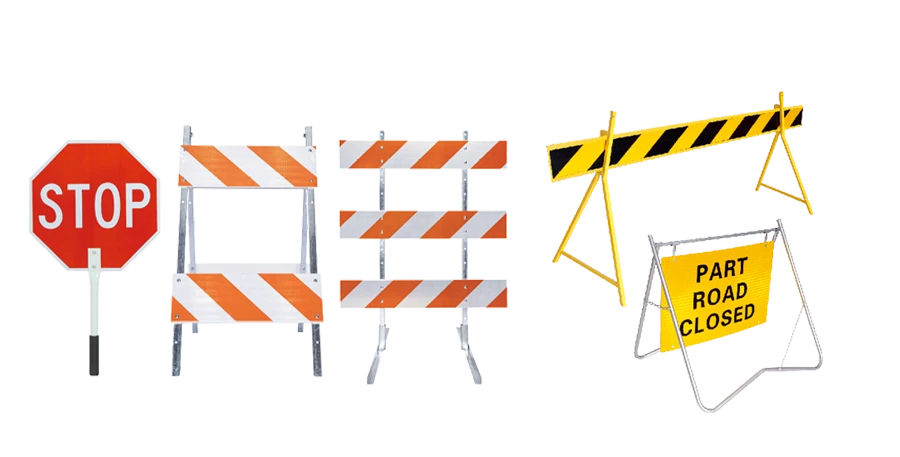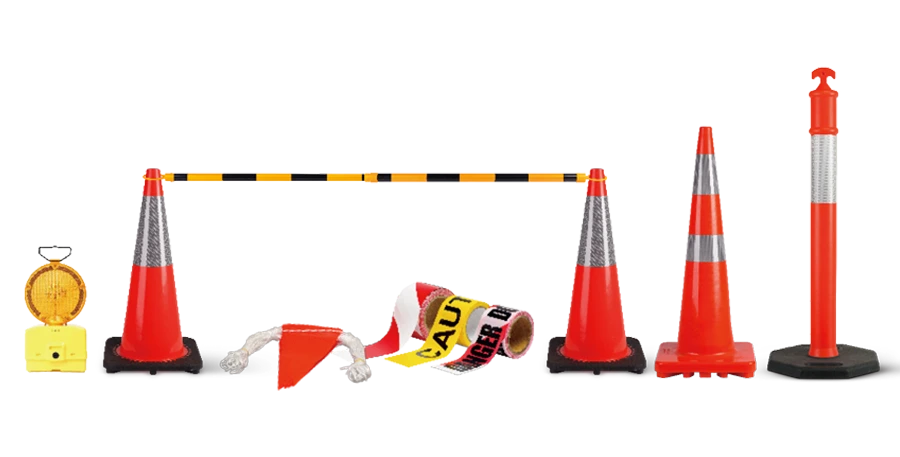Decoding Reflective Sheeting Terms: How to Avoid Confusion Between Australian and U.S. Standards
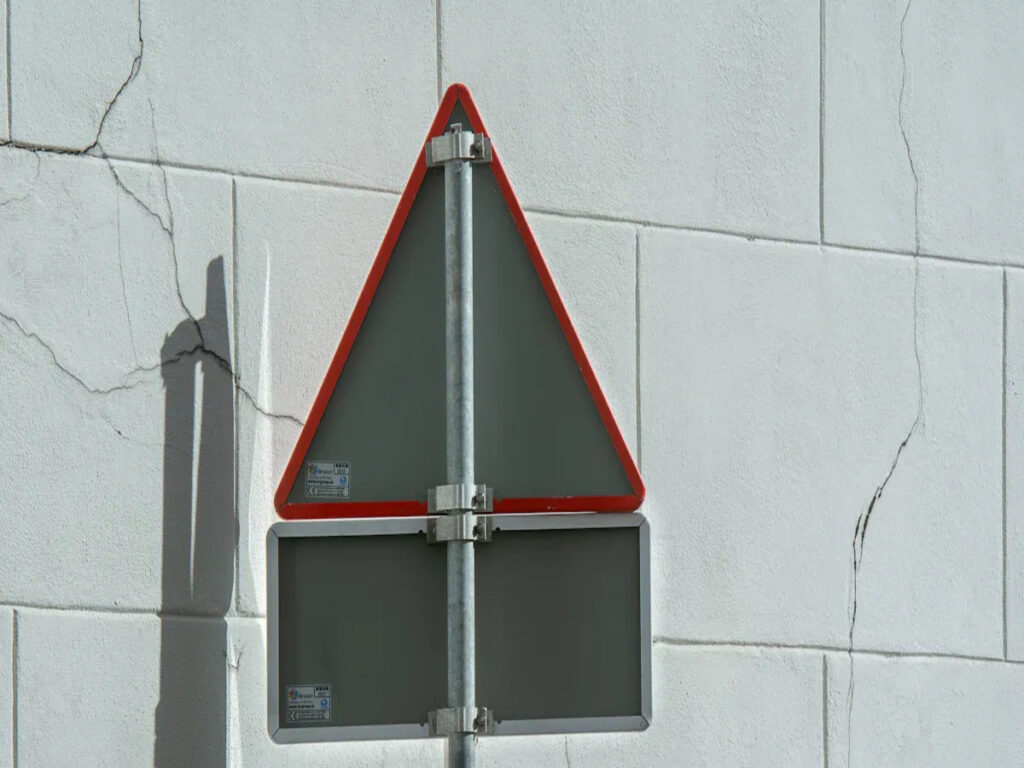
International road projects need clear communication. This is very important when people pick reflective signs for building sites or permanent use. Australian and U.S. standards use different words. This often makes people confused when buying traffic signs for sale. People who buy signs, plan roads, make signs, or work in road safety can face safety problems. These problems happen if teams use the wrong reflective sheeting. In one year, people traded 149,860 shipments of reflective signs and building materials in 151 countries. This big number shows why we must understand standards and words in road building. If people do not understand, building can be late. Safety can go down. Costs for signs and building can go up.
Overview of Reflective Traffic Signs Sheeting Standards in Australia
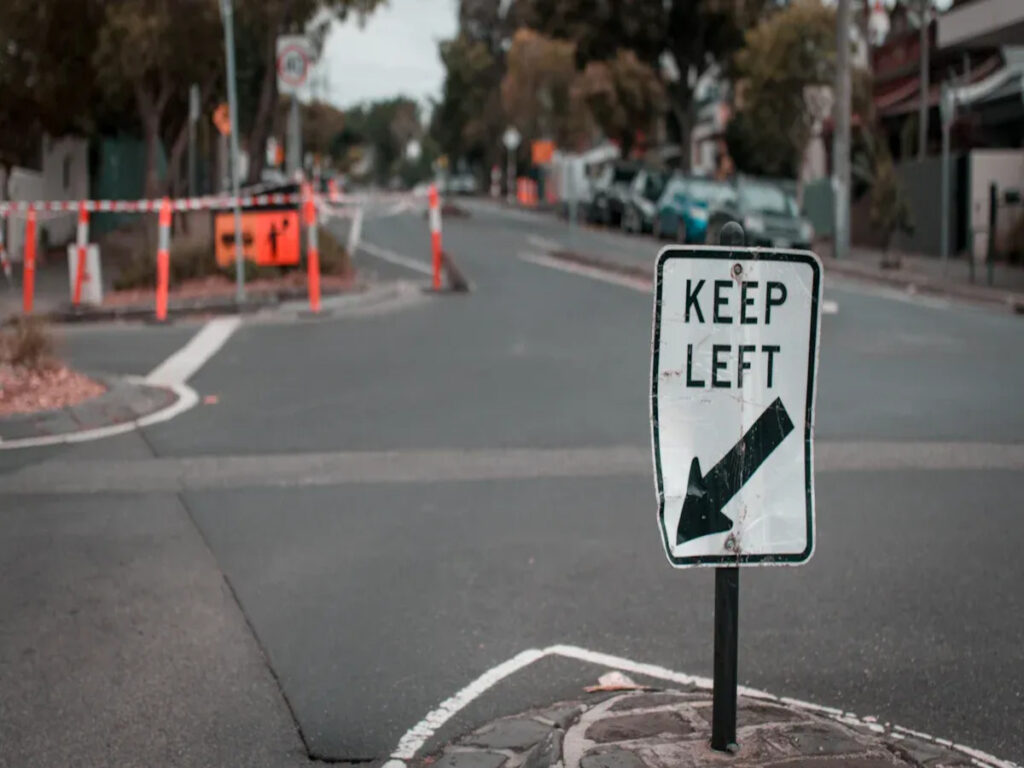
Reflective traffic signs are very important for keeping people safe on Australian roads. These signs help drivers see key information, even at night or when the weather is bad. Construction traffic signs use special materials to make them easier to see and to warn drivers about changes ahead. Studies show that better reflective traffic signs and construction traffic signs help drivers notice signs sooner, react more quickly, and stop when they need to.
Understanding Class 1 Reflective Sheeting for Safer Urban and Residential Traffic Signs

Class 1 reflective sheeting is set by AS/NZS 1906.1. It gives engineered-grade reflectivity for non-critical road signs. These are used in places with less traffic in Australia. Reflective traffic signs help keep city and neighbourhood streets safe. They are very important when it is dark or hard to see. Studies show that making signs easier to see can lower crash rates by up to 52% in some places.
Choosing Class 2 Reflective Sheeting for Medium-Traffic Roads
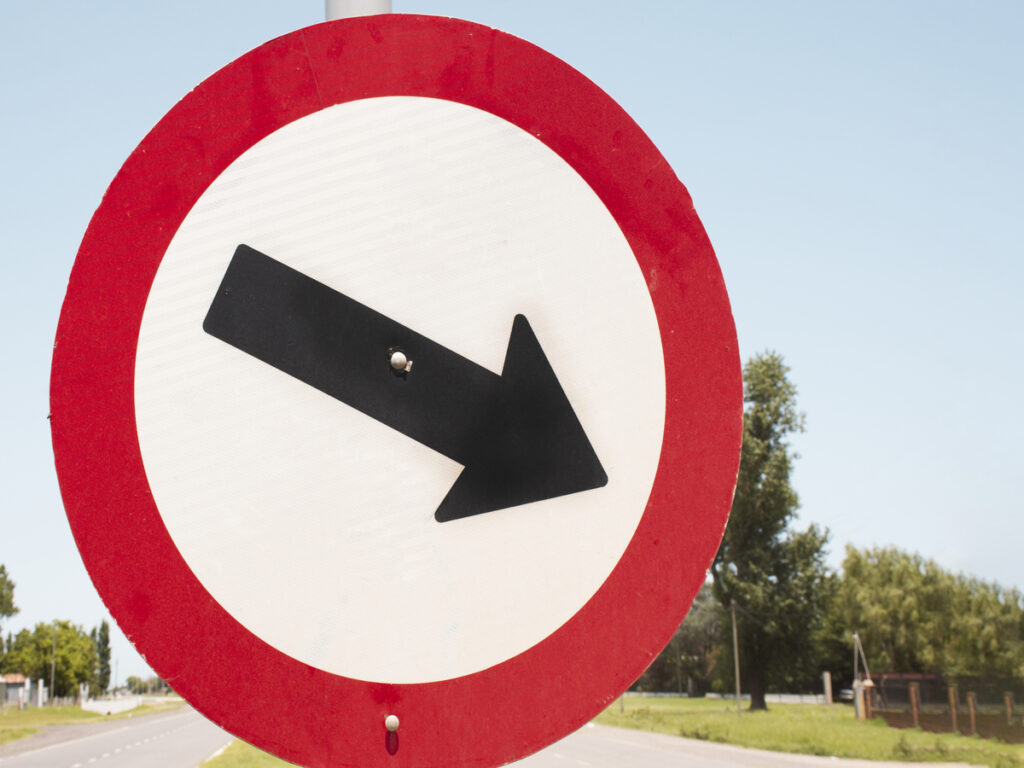
Class 2 reflective sheeting gives very good visibility on medium-traffic roads and for reflective road signs. Its strong retroreflectivity helps drivers see signs well in different weather, both day and night.
What Makes Class 3 Reflective Sheeting Essential for High-Traffic Road Signs

Class 3 reflective road signs are very important in busy places. These signs follow the strict AS/NZS 1906.3 standard. This standard makes sure the road signs are very easy to see. Drivers can see these signs well at night and in bad weather. Better visibility helps stop accidents and keeps everyone safer. Road safety experts, traffic planners, and engineers use Class 3 to keep busy roads safe. Good visibility and strong safety make this sheeting needed where there is lots of traffic.
Sustainability Challenges of Class 1, Class 2, and Class 3 Reflective Road Signs
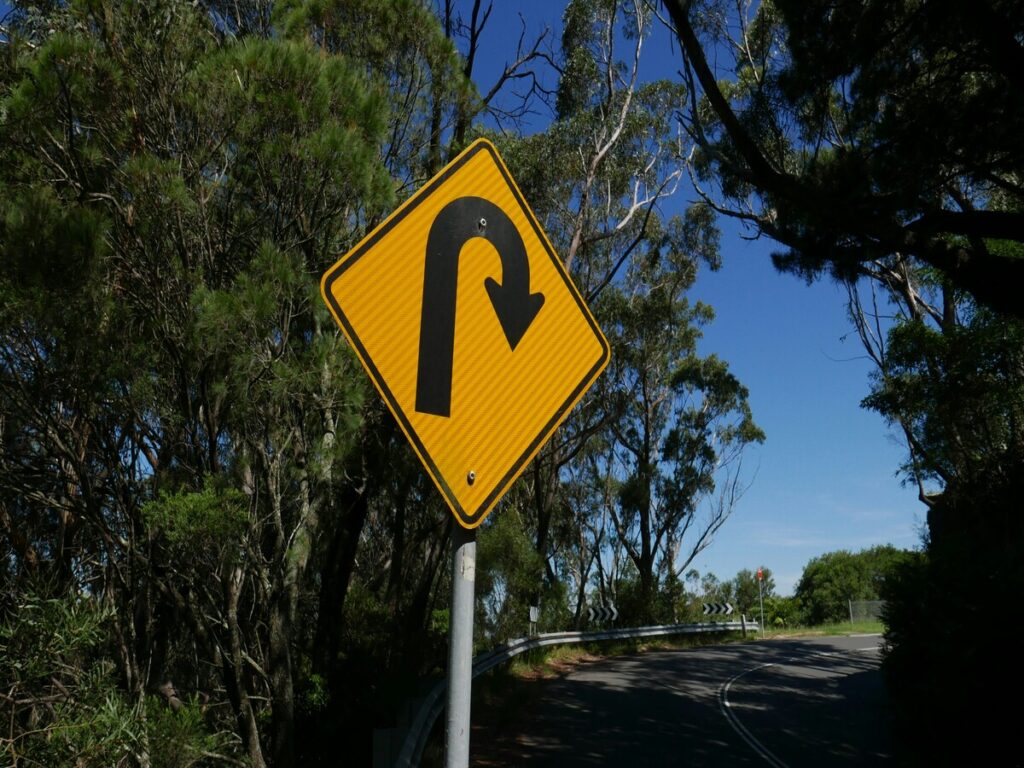
Class 3 reflective road signs are the hardest for the environment in Australia. They need special materials and use a lot of energy to make. Class 1 and Class 2 signs use easier materials. But they still have problems with recycling and waste. People who work with roads care about sustainability. Policymakers and consultants also want to help the environment. They all try to make road safety better for the planet.

